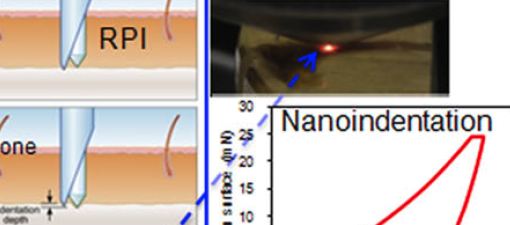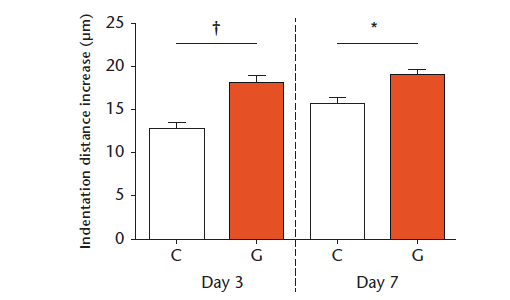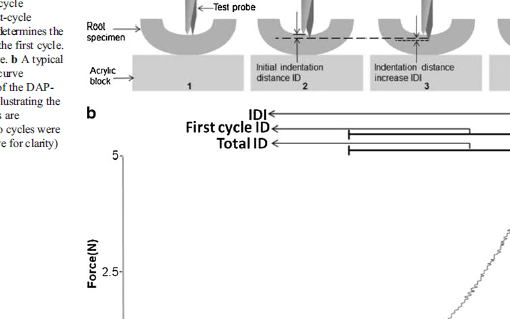Abstract
Osteoporosis is a silent disease, characterized by a porous bone micro-structure that enhances risk for fractures and associated disabilities. Senile, or age-related osteoporosis (SO), affects both men and women, resulting in increased morbidity and mortality. However, cellular and molecular mechanisms underlying senile osteoporosis are not fully known. Recent studies implicate the accumulation of reactive oxygen species (ROS) and increased oxidative stress as key factors in SO. Herein, we show that loss of caspase-2, a cysteine aspartate protease involved in oxidative stress-induced apoptosis, results in total body and femoral bone loss in aged mice (20% decrease in bone mineral density), and an increase in bone fragility (30% decrease in fracture strength). Importantly, we demonstrate that genetic ablation or selective inhibition of caspase-2 using zVDVAD-fmk results in increased numbers of bone-resorbing osteoclasts and enhanced tartrate-resistant acid phosphatase (TRAP) activity. Conversely, transfection of osteoclast precursors with wild type caspase-2 but not an enzymatic mutant, results in a decrease in TRAP activity. We demonstrate that caspase-2 expression is induced in osteoclasts treated with oxidants such as hydrogen peroxide and that loss of caspase-2 enhances resistance to oxidants, as measured by TRAP activity, and decreases oxidative stress-induced apoptosis of osteoclasts. Moreover, oxidative stress, quantified by assessment of the lipid peroxidation marker, 4-HNE, is increased in Casp2-/- bone, perhaps due to a decrease in antioxidant enzymes such as SOD2. Taken together, our data point to a critical and novel role for caspase-2 in maintaining bone homeostasis by modulating ROS levels and osteoclast apoptosis during conditions of enhanced oxidative stress that occur during aging.
https://www.ncbi.nlm.nih.gov/pubmed/24691516
PLoS One. 2014 Apr 1;9(4):e93696. doi: 10.1371/journal.pone.0093696. eCollection 2014.





